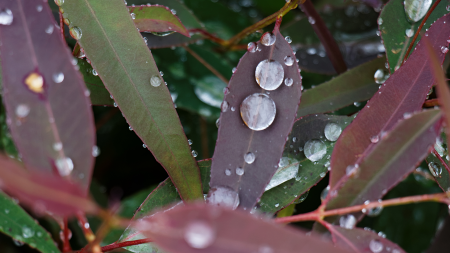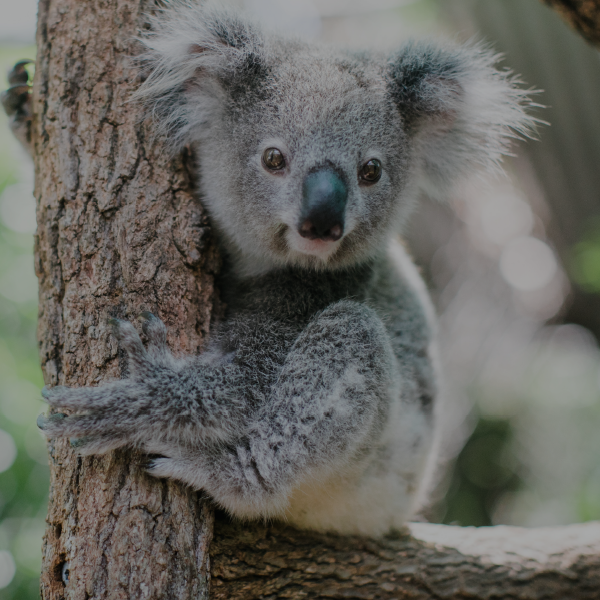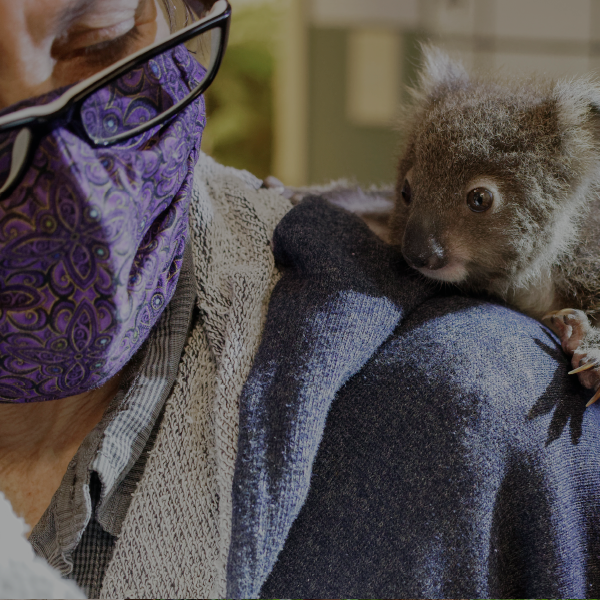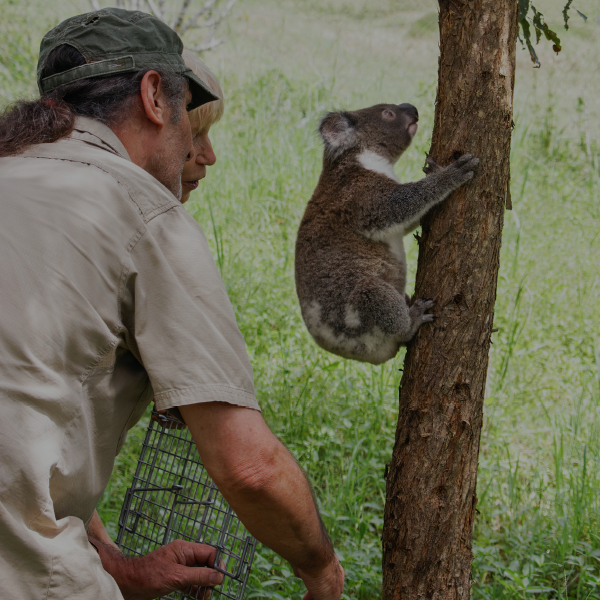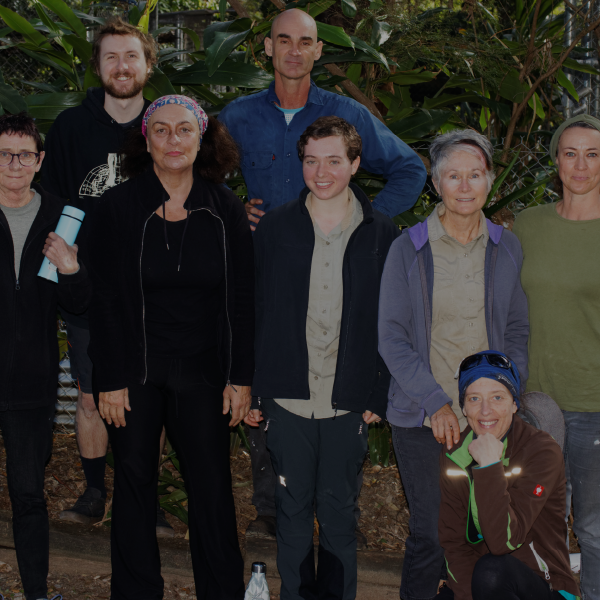Our Native Plant Nursery
Welcome to the Friends of the Koala Community Native Plant Nursery Northern Rivers, your go-to nursery for native plant species in the Northern Rivers. We're on a mission to protect and boost the local koala population by promoting the growth of native eucalyptus plants they rely on for survival.
We operate a community native plant nursery and currently have 5 nursery sites in Lismore and surrounding areas. The nursery is 100% run by volunteers. We provide koala food trees to landholders in the Northern Rivers where koalas reside and we also grow a wide range of other native trees, shrubs, groundcovers and grasses. We often have funded projects running where the plants are distributed for free. If they are sold, all profits go back into the organisation to assist with koala rescue and rehabilitation.
Explore the diverse range of koala-friendly native plants at our nursery in East Lismore. Our team is available by appointment to provide advice on plant selection, planting, and care. Whether you're a seasoned gardener or are just starting out, we would love to help you.
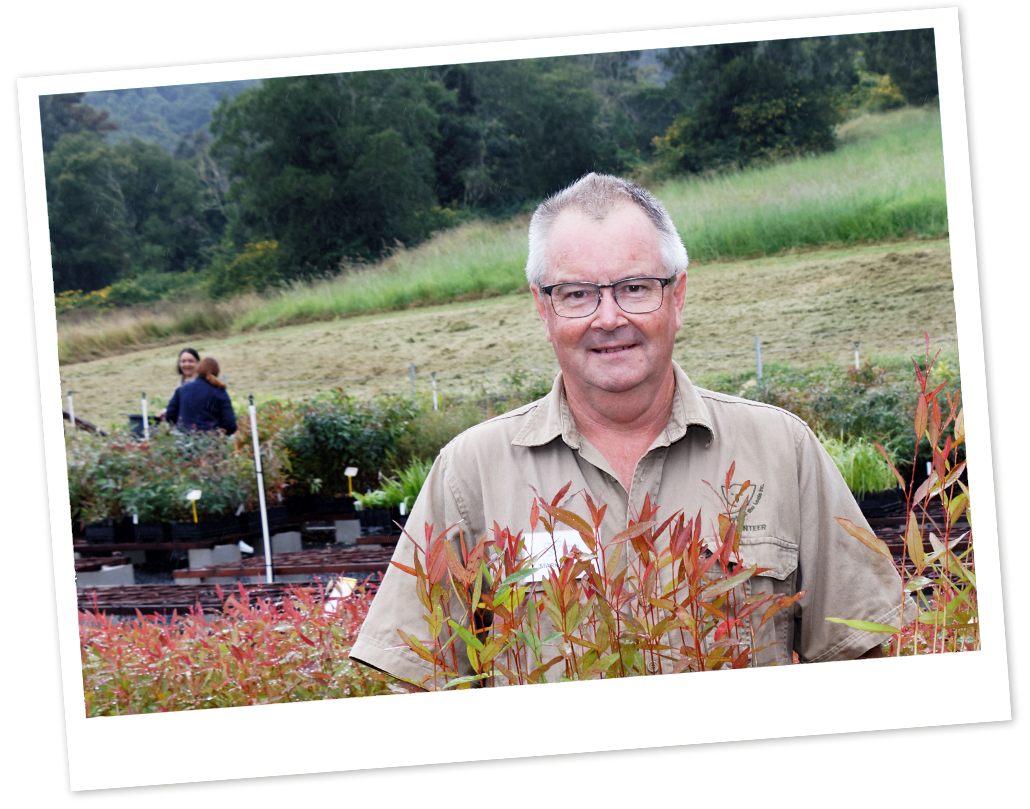
"I've been a member of Friends of the Koala since its incorporation in February 1990. I've managed the native plant nursery pretty much since its inception and undertake much of the propagation and tree maintenance along with managing a small team of volunteers to assist with potting & weeding activities."
Mark Wilson, Nursery Manager
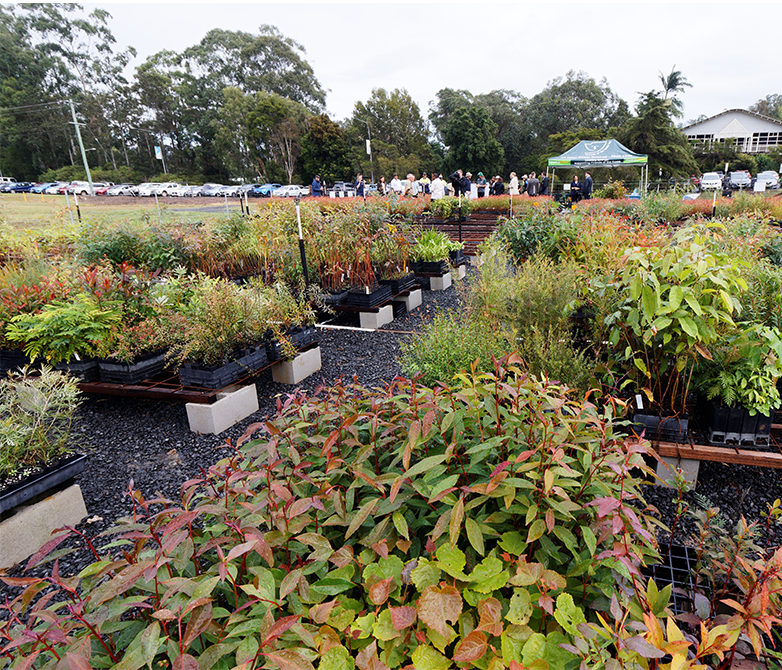
Schedule an appointment
WHAT THEY SAY ABOUT US
Our Plant Nursery in Numbers
What can I do to help?
Plant Nursery Articles
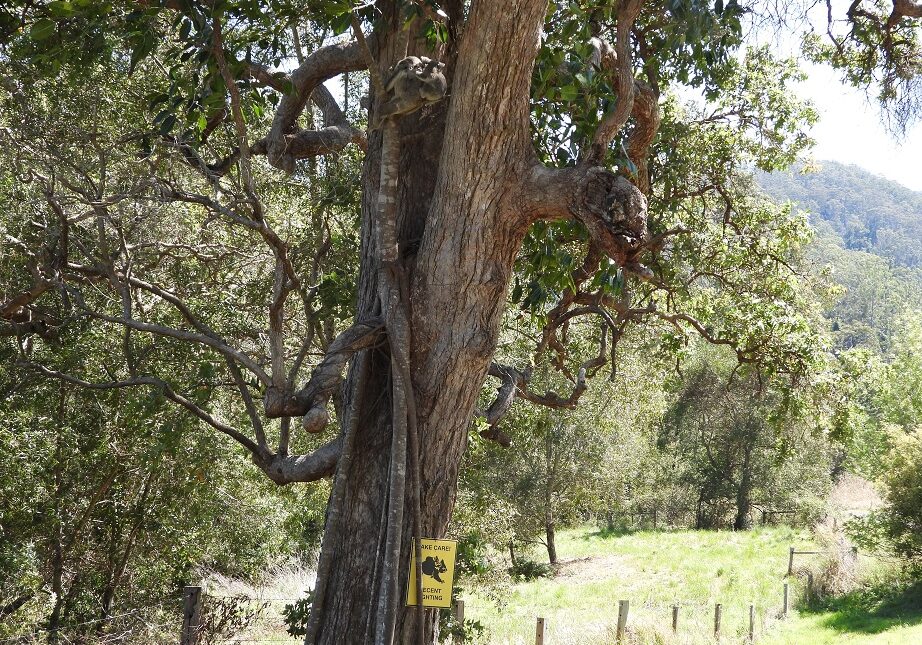
National Eucalypt Day 2023
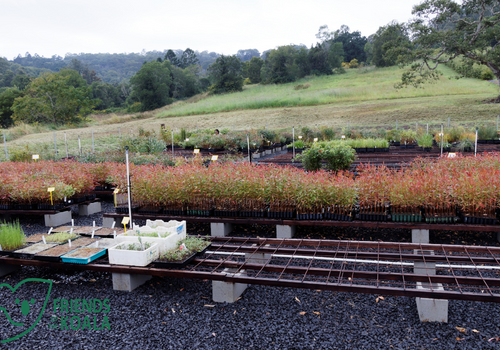
Our nursery – food for our koalas


